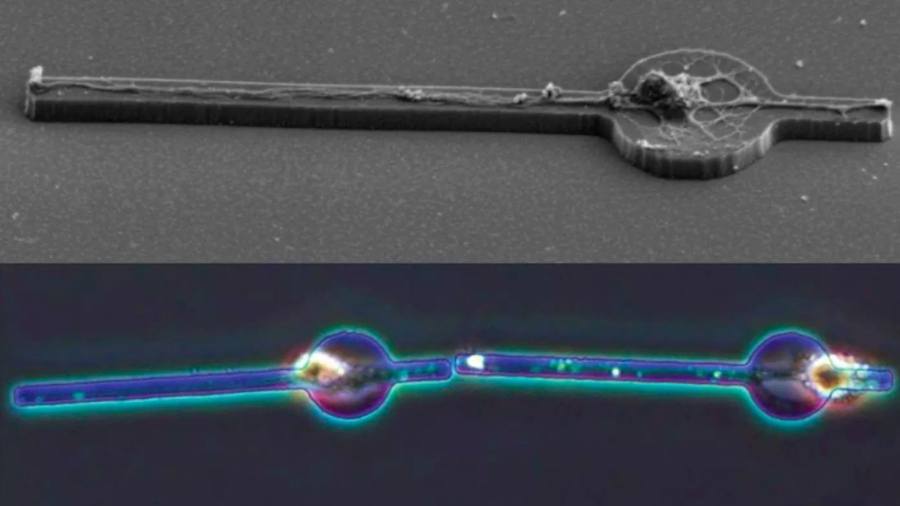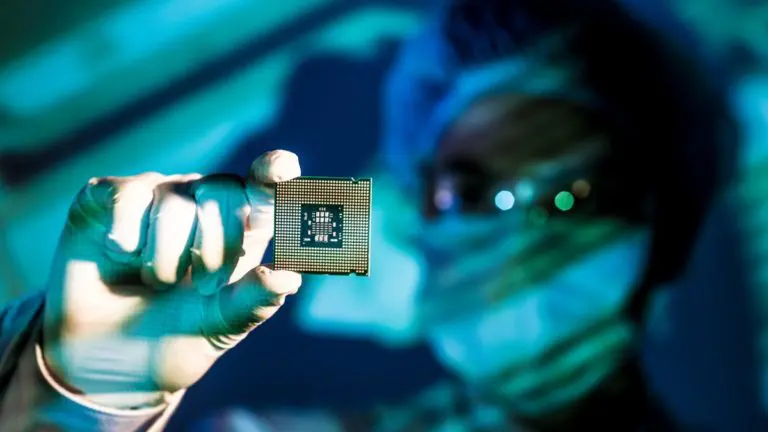Researchers Have Recreated The Human Brain’s Neural Network, Cell By Cell

The human brain is a complex biological processor made by a network of billions of neurons. But unlocking the inner workings of the mind remains a challenge for scientists, and they often develop simplified models to reveal its mysteries.
Now researchers from Institute of Industrial Science, University of Tokyo have created a model using microscopic plates for growing and connecting neurons, cell by cell, literally.
Usually, research work on brain involves growing a mesh of neurons through “in vitro cultures” which functions like a stripped down version of the human brain that can be chemically or electrically manipulated.
But in vitro culture models suffer from the problem of uncontrollable growth where neurons start making random connections with each other. This tendency of neurons makes it difficult to observe the brain tissue.
On close inspection of neuron behavior, they found that brain cells could be grown in an organized manner through geometric patterns. So they created a microscopic plate made of “synthetic neuron-adhesive material” to guide the cell development.
The circular plate has two protruding rectangles which resemble a bead on a tight string. When a neuron is placed on the microplate, the cell’s body latches onto the circle while the axon and dendrites (which facilitate communication with each other) grow along the rectangles.
Since the microplates are movable, they could be moved around physically to create connections with other neurons in the desired manner. Next, the researchers tested the connected neurons to see if they could transmit a signal and it worked!
“We believe the technique will eventually allow us to design simple neuron network models with single-cell resolution,” said Shoji Takeuchi, the lead researcher of this project. “It’s an exciting prospect, as it opens many new avenues of research that aren’t possible with our current suite of experimental tools.”
Also Read: Cancer Cells Could Be Killed By Graphene “Optical Stimulation”







